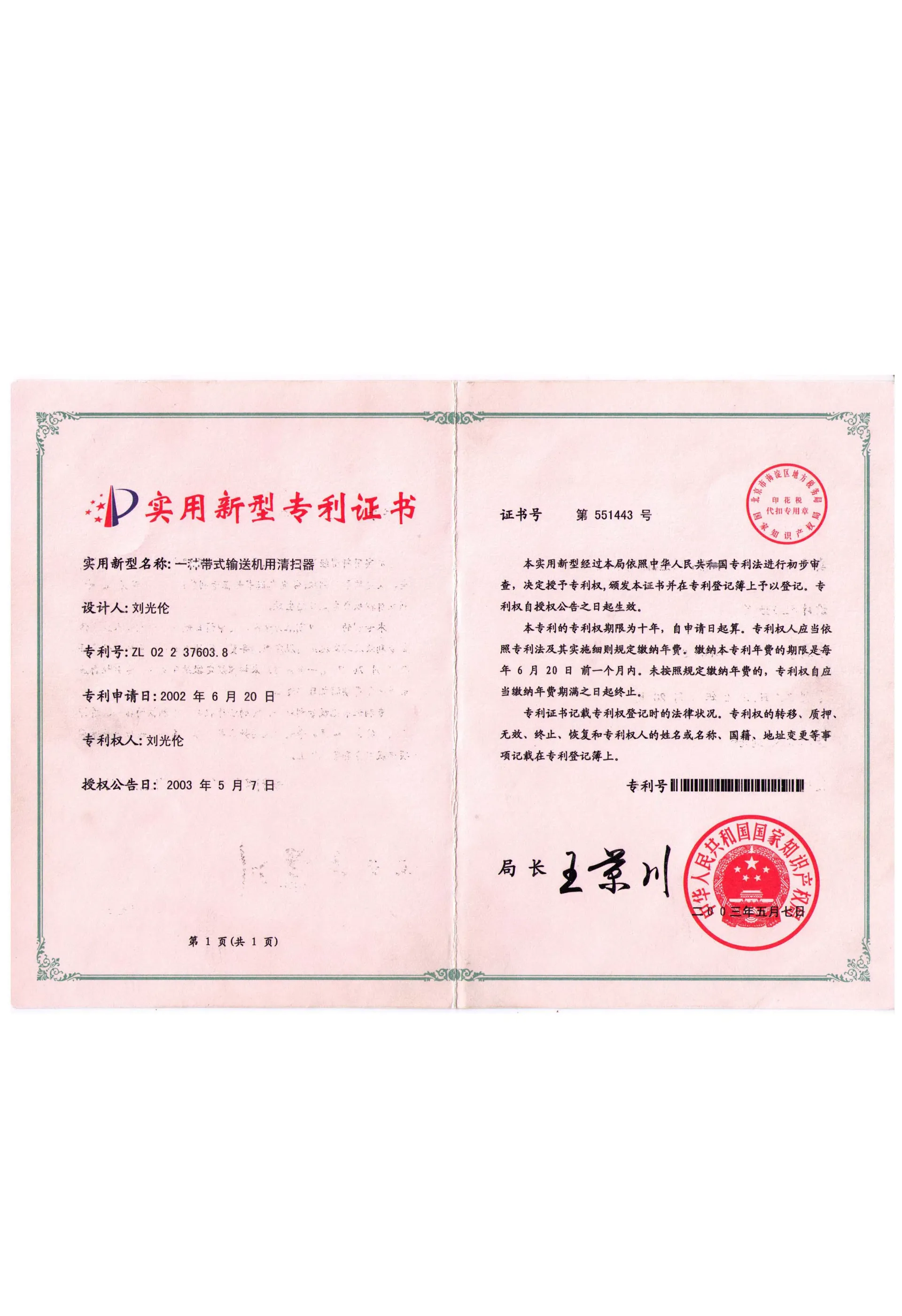 Afrikaans
Afrikaans  Albanian
Albanian  Amharic
Amharic  Arabic
Arabic  Armenian
Armenian  Azerbaijani
Azerbaijani  Basque
Basque  Belarusian
Belarusian  Bengali
Bengali  Bosnian
Bosnian  Bulgarian
Bulgarian  Catalan
Catalan  Cebuano
Cebuano  Corsican
Corsican  Croatian
Croatian  Czech
Czech  Danish
Danish  Dutch
Dutch  English
English  Esperanto
Esperanto  Estonian
Estonian  Finnish
Finnish  French
French  Frisian
Frisian  Galician
Galician  Georgian
Georgian  German
German  Greek
Greek  Gujarati
Gujarati  Haitian Creole
Haitian Creole  hausa
hausa  hawaiian
hawaiian  Hebrew
Hebrew  Hindi
Hindi  Miao
Miao  Hungarian
Hungarian  Icelandic
Icelandic  igbo
igbo  Indonesian
Indonesian  irish
irish  Italian
Italian  Japanese
Japanese  Javanese
Javanese  Kannada
Kannada  kazakh
kazakh  Khmer
Khmer  Rwandese
Rwandese  Korean
Korean  Kurdish
Kurdish  Kyrgyz
Kyrgyz  Lao
Lao  Latin
Latin  Latvian
Latvian  Lithuanian
Lithuanian  Luxembourgish
Luxembourgish  Macedonian
Macedonian  Malgashi
Malgashi  Malay
Malay  Malayalam
Malayalam  Maltese
Maltese  Maori
Maori  Marathi
Marathi  Mongolian
Mongolian  Myanmar
Myanmar  Nepali
Nepali  Norwegian
Norwegian  Norwegian
Norwegian  Occitan
Occitan  Pashto
Pashto  Persian
Persian  Polish
Polish  Portuguese
Portuguese  Punjabi
Punjabi  Romanian
Romanian  Russian
Russian  Samoan
Samoan  Scottish Gaelic
Scottish Gaelic  Serbian
Serbian  Sesotho
Sesotho  Shona
Shona  Sindhi
Sindhi  Sinhala
Sinhala  Slovak
Slovak  Slovenian
Slovenian  Somali
Somali  Spanish
Spanish  Sundanese
Sundanese  Swahili
Swahili  Swedish
Swedish  Tagalog
Tagalog  Tajik
Tajik  Tamil
Tamil  Tatar
Tatar  Telugu
Telugu  Thai
Thai  Turkish
Turkish  Turkmen
Turkmen  Ukrainian
Ukrainian  Urdu
Urdu  Uighur
Uighur  Uzbek
Uzbek  Vietnamese
Vietnamese  Welsh
Welsh  Bantu
Bantu  Yiddish
Yiddish  Yoruba
Yoruba  Zulu
Zulu belt conveyor cleaner
Belt Conveyor Cleaner Importance and Functionality
Belt conveyor systems play a crucial role in various industries, including manufacturing, mining, and logistics. While these systems are efficient for transporting materials, they can also accumulate dirt, dust, and debris, which may lead to operational inefficiencies and increased maintenance costs. This is where belt conveyor cleaners come into play.
Belt conveyor cleaners, also known as belt cleaning systems or scrapers, are essential components designed to maintain the cleanliness of conveyor belts. Their primary function is to remove material that adheres to the surface of the belt during operation. This not only ensures the smooth functioning of the conveyor but also minimizes the risk of spillage, which can lead to safety hazards and environmental concerns.
The importance of a belt conveyor cleaner cannot be overstated. For one, a clean conveyor belt enhances the overall efficiency of the material handling process. When material is allowed to accumulate on the belt, it can create friction, leading to wear and tear on both the belt and the equipment. This, in turn, can result in increased energy consumption and higher operational costs. By implementing an effective cleaning system, companies can extend the lifespan of their conveyor belts and reduce the need for frequent replacements.
belt conveyor cleaner

Moreover, belt cleaners contribute to maintaining product quality. In industries where contamination is a concern, such as food processing or pharmaceuticals, the cleanliness of conveyor belts is vital. Residual materials can lead to cross-contamination, compromising the integrity of the products. Adding a reliable cleaning system helps to ensure compliance with hygiene standards and maintain product safety.
There are several types of belt conveyor cleaners available in the market, each designed for specific applications and belt types. The most common types include primary cleaners, secondary cleaners, and combination cleaners. Primary cleaners are installed at the discharge point of the conveyor and are responsible for removing most of the adhering material. Secondary cleaners, on the other hand, are used for more thorough cleaning, often utilizing a more precise mechanism to eliminate any remaining residue. Combination cleaners incorporate both primary and secondary cleaning technologies for optimal performance.
When selecting a belt conveyor cleaner, it is important to consider factors such as the type of material being transported, the conveyor belt speed, and the environmental conditions. Proper installation and maintenance of these cleaners are also critical for achieving the desired cleaning results. Regular inspections and adjustments ensure that the cleaning system operates effectively, thus maximizing the benefits it provides.
In conclusion, belt conveyor cleaners are vital for efficient and safe operations in industries that rely on conveyor systems. By keeping conveyor belts clean, these systems help enhance productivity, reduce maintenance costs, and ensure product quality, making them an indispensable investment for companies aiming to optimize their material handling processes.
-
Revolutionizing Conveyor Reliability with Advanced Rubber Lagging PulleysNewsJul.22,2025
-
Powering Precision and Durability with Expert Manufacturers of Conveyor ComponentsNewsJul.22,2025
-
Optimizing Conveyor Systems with Advanced Conveyor AccessoriesNewsJul.22,2025
-
Maximize Conveyor Efficiency with Quality Conveyor Idler PulleysNewsJul.22,2025
-
Future-Proof Your Conveyor System with High-Performance Polyurethane RollerNewsJul.22,2025
-
Driving Efficiency Forward with Quality Idlers and RollersNewsJul.22,2025





























